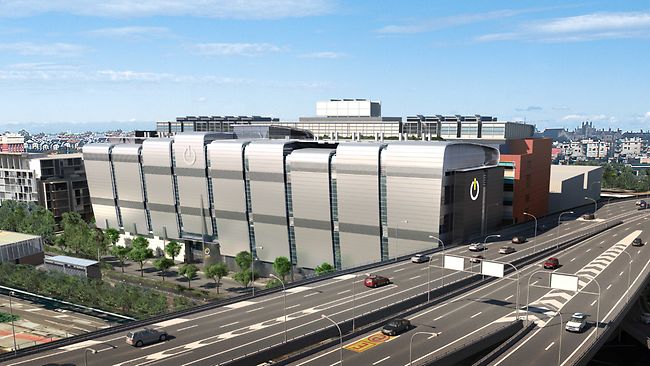
Businesses are generating huge amounts of data which has caused a considerable reliance on off-site storage facilities. These warehouse-sized buildings are called ‘data centres’, and are beginning to emerge across urbanised areas.
A growing population and the demand for larger homes are not the only pressures on existing Australian cities. Data centres will be the next planning challenge for local councils and communities. We spoke with a an experienced architect to understand the challenges involved with designing data centres.
What are data centres?
The information stored in data centres is primarily used for the daily operations of businesses and these centres are strategically located. Just like a self-storage facility (i.e. Storage King and Kennards), you will never find a data centre situated in bushfire or flood prone areas. In addition to providing enormous amounts of space for data storage, they can also accommodate staff offices.
Not only is the exterior architecture essential, the necessary technology is crucial for a smooth operating centre. Data centres, just like homes are not immune to power failures. The recent storms in Sydney created outages for Amazon Web Services.
Examples of centres around the world
Anyone who has followed the allegations against WikiLeaks founder, Julian Assange, would have seen images of his James Bond inspired high-tech secure facility in Stockholm. WikiLeaks released political, ethical and historic significant information to the public and their data centre is located 100 feet below ground in a former Cold War nuclear bunker. Below are images taken from the underground data centre.


Amazon is not only well-known for being perhaps the world’s largest online bookstore, it also operates out of a 10,800m2 data centre in Oregon which cost at least $100m back in 2008.
An urban challenge
The challenge of data centres is offering an architectural appealing building, while also providing an essential service for business. Do they offer connectivity to their surroundings and enhance the streetscape?
Andrew Owens, architect at Greenbox Architecture, a firm with experience in designing data centres provided his professional insights. He suggested that the complex service requirements of data centres need architectural direction to successfully integrate the facility within an urban environment.
Another challenge identified by Owens lies with the high density locations often selected to build data centres. Land size constraints create issues for providing suitable power generation for the site and it can be “problematic when it comes to installing, replacing and maintaining the large pieces of electrical and mechanical plant associated with the facility.”
Provision of appropriate security measures are also of concern for these sensitive facilities. Considering data centres are not properly defined in planning controls, there are non-compliances with carparking requirements. Owens believed data centres can be perceived as an ‘overdevelopment’ of the site, even though the majority of floor space is utilised by plant space, than usable space.
The future of data centres
Owens predicts data centres will become more energy efficient and could even provide excess energy back into the electricity grid to supply other land uses. Typically these centres will continue to be built in urbanised areas to take advantage of existing energy systems and be accessible for staff. The future of data centres may mean resorting to moving to outer-metro areas due to the complexities involved with finding a suitable site.
The rundown
Not knowing too much about data centres before we commenced research for this article, we can now appreciate the complexities in the design and planning stages. These are not ‘white elephant’ developments that are simply dropped into urban environments wherever land is available. Careful consideration is given to both the exterior and interior of these essential facilities to make them function properly. As more data centres are built, nationally recognised design guidelines could be devised in the future and the planning system could be tweaked to create proper definitions and controls for data centres.